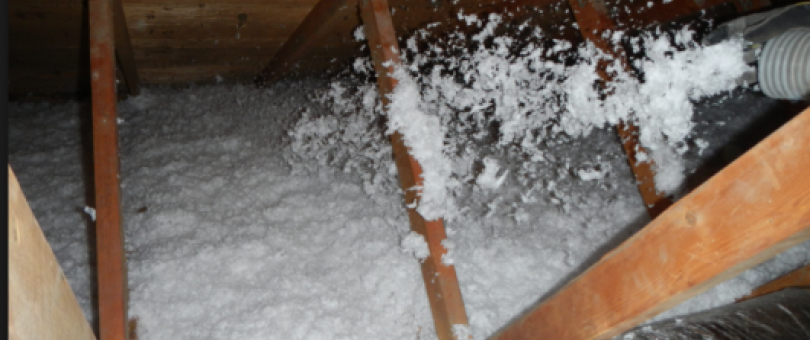Insulation is clever. Not only does it make your home warmer in winter, it also helps keep it cooler in summer. This is a little bit like a flask which keeps drinks hot or cold by providing an insulating layer between the drink and the outside air.
Air is a poor conductor of heat, so the tiny pockets of air trapped in insulation minimize the amount of heat which can pass between the inside and outside of your house.
This means that in winter, the heat stays inside a home and in the summer it stays outside!
Professional Insulation Contractors use different materials, methods and amounts, depending on your area. Check for your areas recommendations on the levels of insulation for different climates and in different areas of your home.
Here’s an overview of the different types of insulation a local insulation installation service may use:
Blanket Insulation:
This is the most common type of insulation, comes in sheets or rolls. While it has traditionally been made of fiberglass, it can now be found in plastic or natural fibers. It’s sized to fit nicely between the standard spacing of studs on unfinished walls, and the joists and rafters of floors and ceilings.
Blown-In Insulation:
This is either fiberglass, cellulose or other material that is blown into a space. Because of its loose nature, this type of insulation conforms to fit an existing area without disturbing the surrounding structure and is well-suited to renovations.
Spray Foam Insulation:
Is a mix of chemicals, expands into liquid foam that becomes rigid after it cures. It acts both as insulation and an air sealant. This type of installation requires more experienced installers, and tends to cost more.
Installation:
Focus on where insulation is low up or is missing. Many insulation contractors suggest working from the top down, if your budget is tight:
Attic:
If you have one, you might install insulation on top of the floor or under the roof deck, depending on your home’s configuration and where HVAC system is located.
Walls:
In colder climates, you might add insulation in interior or exterior walls by drilling 3-inch holes, blowing in cellulose and then covering openings.
Basements:
Install insulation along the rim around your home’s perimeter and where wood meets concrete to seal gaps.
Additions:
Room additions are frequently neglected when it comes to insulation; consider filling this gap.
You can always Get A Same Day Home Insulation Estimate at samedaypros.com or by using the FREE samedaypros.com app. With more than 100 categories to choose from achieving local professional same day service or same day estimates has never been easier.


